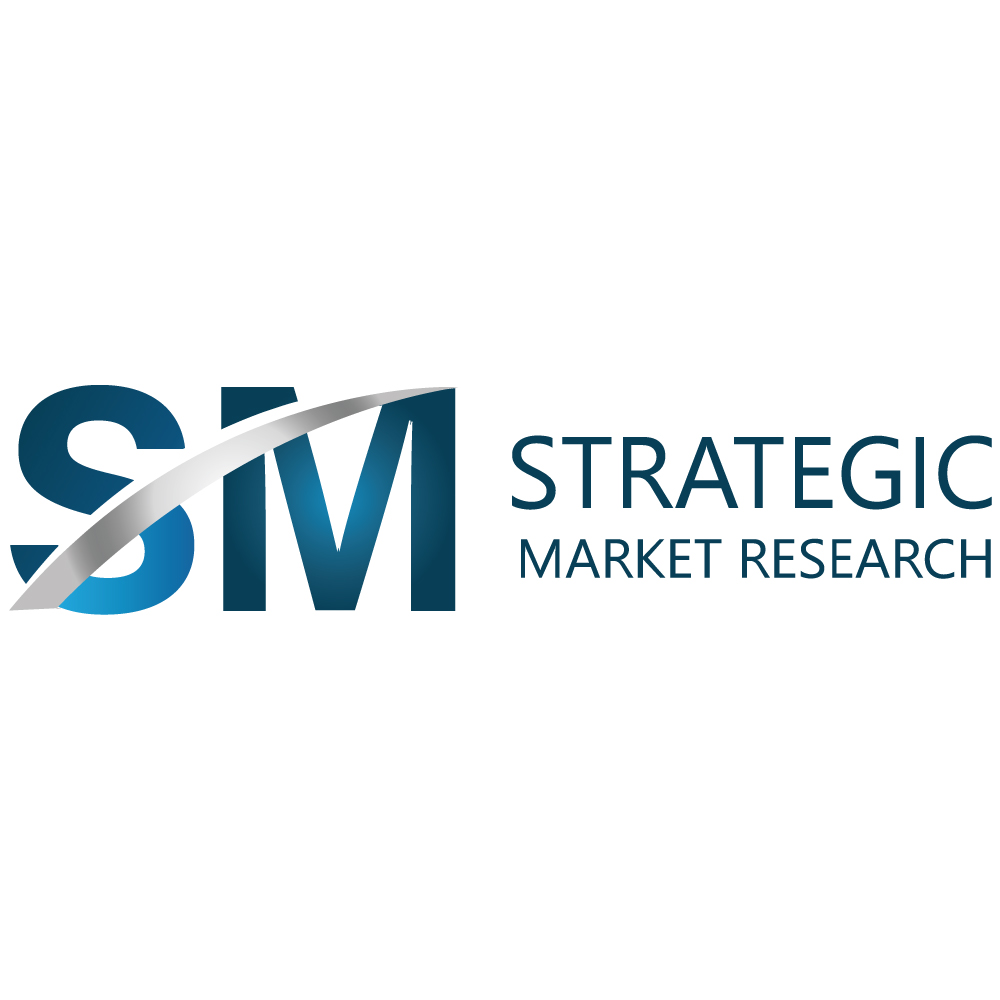Breast imaging is a medical technology that is used to find and diagnose breast cancer. The use of radiological images and medical technology aids in the detection of numerous different forms of breast problems. Breast ultrasound, mammography, magnetic resonance imaging, and nuclear imaging are just a few of the many various kinds of technologies that are employed for breast imaging. All of these technologies are used to identify the presence of breast cancer and other conditions affecting the breast. They assist in identifying the potential for these conditions or cancer in its earliest stages because it allows for treatment when cancer is discovered at an early stage.
The market for breast imaging in 2021 was USD 4.14 billion and will reach USD 8.79 billion by 2030, growing at an 8.73% CAGR during 2021-2030.
Growth Factors
Breast imaging technology has advanced significantly in recent years thanks to the use of ionizing and non-ionizing radiation for the detection of cancers. The need for this technology will increase as more doctors utilize it to detect breast cancer in its earliest stages.
The demand for this technology will develop significantly in the upcoming year due to the recent rise in breast cancer cases. One of the key elements supporting the market’s expansion is early detection. The market will continue to expand well in the upcoming year as this technology can also discover additional illnesses related to a woman’s breast.
Different types of cutting-edge equipment that aid in breast imaging have been introduced due to ongoing research and development in this field. The increased quantity of funding received in this sector has led to an increase in the need for software as well. One of the reasons contributing to an increase in breast cancer cases is the population of older adults. In recent years, hybrid imaging systems have also advanced, creating several growth prospects for all of the market’s active businesses in the years to come.
Restraints
A few constraints limiting the market’s overall growth include the overdiagnosis and overtreatment of breast cancer through mammography and the frequent usage of breast cancer screening technologies resulting in greater costs.
Opportunities
Governments from all around the world are now concentrating on raising the cost of breast cancer tests globally. It is also anticipated that the market players would have plenty of growth potential due to the continually improved reimbursement policies for breast cancer screenings and treatments.
Market Segmentation
Technology Insights
The Non-ionizing Breast Imaging segment ruled the overall market in 2020. Non-ionizing breast imaging technologies provide a number of benefits that are boosting the overall market growth in this area, including the ability to detect minor breast lesions in women with dense breast tissue and the depth of anatomical information for diagnosis.
End-User Insights
On the basis of technology, the market is segmented into breast cancer centers, hospitals & clinics, and diagnostic imaging centers.
With a consistent CAGR, the Hospitals & Clinics sector considerably dominated the market in 2020. Increased government funding for breast cancer therapies and healthcare infrastructures, a higher rate of breast cancer patients being admitted to hospitals, and the availability of highly skilled surgeons are all driving this market’s expansion overall.
Regional Insights
With a revenue share of over 37.8% in 2022, North America held a dominant position in the breast imaging market. The breast imaging market is expanding due to the increasing number of breast cancer cases in this area. In the United States, 287,850 women with invasive breast cancer and 51,400 women with non-invasive (in situ) breast cancer will be diagnosed in 2022, according to the American Society of Clinical Oncology’s article on breast cancer statistics for that year. Thus, the high prevalence of breast cancer in the U.S. will fuel the expansion of the breast imaging industry.
The Asia-Pacific regional market will grow at a rapid rate. The major drivers of the growth of the breast imaging market in the Asia Pacific are the steadily rising prevalence of breast cancers, the rising cost of healthcare, the rise of early detection programs, and the large-scale government spending on breast cancer research studies in several APAC countries.
Key Players
- GE Healthcare
- Hologic Inc.
- Siemens Healthineers
- Koninklijke Philips N.V.
- Fujifilm Holdings Corporation
- Canon Inc.
- Allengers
- Dilon Technologies, Inc.
- Aurora Healthcare US Corp.
- Planmed Oy
- Micrima Limited
- Delphinus Medical Technologies Inc.
- Carestream Health
- CMR Naviscan Corporation
- SuperSonic Imagine
The market for breast imaging in 2021 was USD 4.14 billion and will reach USD 8.79 billion by 2030, growing at an 8.73% CAGR during 2021-2030. Elements like the increased prevalence of breast cancer, scientific advancements in breast imaging, and funding from numerous organizations for breast cancer screening programs drive the market.
